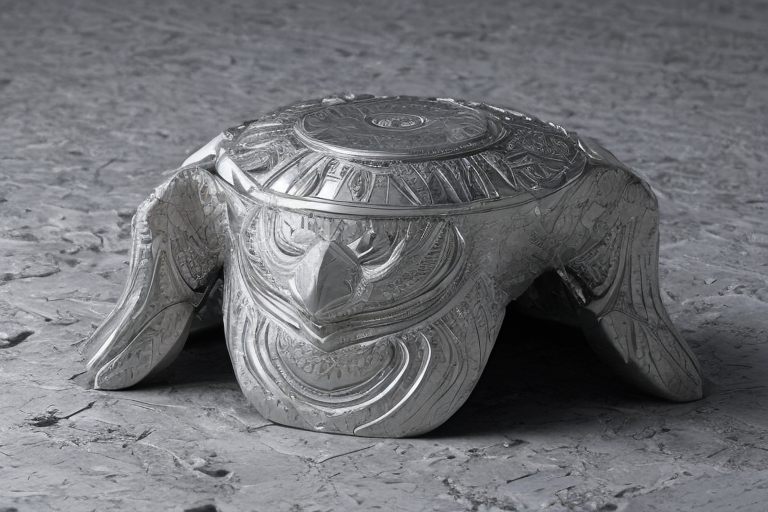Amateur archaeologists in England have uncovered one of the largest Roman dodecahedrons ever discovered, but its intended use remains a mystery. The 12-sided object is among only 33 known examples found in Roman Britain and approximately 130 worldwide. Measuring about eight centimetres (three inches) across, it dates back nearly two thousand years to around AD420-455 and features twelve holes of varying sizes on its surface. The discovery was made by the Norton Disney History and Archaeology Group in Lincolnshire last June.
The dodecahedron is considered one of archaeology’s great enigmas due to a lack of historical or pictorial evidence as to how it may have been used, with no descriptions found in Roman literature and none depicted in mosaics. Unlike other similar objects, this particular example has survived intact without any signs of wear, making its potential purpose equally intriguing: perhaps not surprisingly, Richard Parker suggests that most likely they were some form of religious or ritual object given the Romans’ superstitious nature.
The dodecahedron was discovered near a small Roman mounted rider god figurine with “strong religious connections,” which is often found on temple sites and supports this theory. The artifact itself had been unearthed by metal detectorists in 1989, but the group’s leader intends to resume digging at its excavation location later that year in an attempt to learn more about how it was used. Parker notes that while many similar objects were discovered centuries ago with no context as to where they had been found, this one is a product of recent archaeological digs and thus may yield clearer evidence into exactly why such ancient tools and talismans proved significant or useful in Roman society at the time.
Mystery Surrounds Largest Known Roman Dodecahedron Discovered by Amateur Archaeologists in England
•
Recent Posts
Advertisement
Advertisement example


Leave a Reply